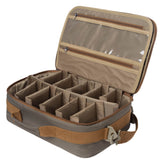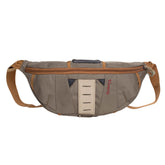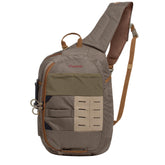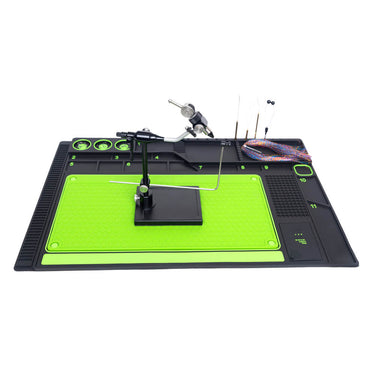Hooking Cutthroat: The Art of Fly Fishing
Fly fishing for Cutthroat Trout (Oncorhynchus clarkii) is a thrilling and rewarding experience, as these fish are known for their aggressive strikes and beautiful colors. Below is a comprehensive guide to help you target them effectively.
1. Understanding Cutthroat Trout
Species & Subspecies:
Cutthroat trout are native to western North America, with several subspecies like Coastal, Westslope, Lahontan, and Yellowstone cutthroats. Each has unique habitat preferences.
Appearance:
Distinguished by red/orange slashes under the jaw ("cutthroat" markings) and spotted bodies (colors vary by subspecies).
Behavior:
They are opportunistic feeders, eating insects, small fish, and crustaceans. They often hold in slower currents or near structure.
2. Best Locations for Cutthroat Trout
Rivers & Streams:
Look in cold, clear waters with gravel bottoms (e.g., Yellowstone River, Snake River, Green River).
Lakes & Ponds:
Stillwater fisheries like Flathead Lake (MT) or Pyramid Lake (NV) hold large Lahontan cutthroats.
Coastal Areas:
Sea-run cutthroats (anadromous) are found in estuaries and tidal zones (e.g., Pacific Northwest).
3. Fly Fishing Tactics
A. Dry Fly Fishing
When: Spring to fall, especially during hatches (mayflies, caddis, stoneflies).
Flies:
Stimulators (size 10–14)
Elk Hair Caddis (size 12–16)
Parachute Adams (size 14–18)
Technique: Dead-drift or skate flies near banks or foam lines.
B. Nymphing
When: Year-round, especially in deeper pools.
Flies:
Pheasant Tail (size 14–18)
Hare’s Ear (size 12–16)
Stonefly Nymphs (size 6–10)
Technique: Euro-nymphing or indicator rigs near bottom structure.
C. Streamers
When: Early spring/fall or when targeting larger trout.
Flies:
Woolly Bugger (olive/black, size 4–8)
Muddler Minnow (size 6–10)
Technique: Swing or strip near undercut banks.
4. Gear Recommendations
Rod: 4–6 weight (5wt is ideal for versatility).
Line: Weight-forward floating line for most situations; sink-tip for streamers.
Leader/Tippet: 9–12 ft leader, 4X–6X tippet (adjust for fly size).
Waders: Breathable waders for rivers; boot-foot for cold lakes.
5. Seasonal Tips
Spring: Focus on midge hatches and early stoneflies.
Summer: Fish early/late in the day; terrestrials (ants, beetles) work well.
Fall: Streamers imitate baitfish; spawn patterns near tributaries.
Winter: Slow nymphing in deep pools.
6. Conservation & Ethics
Catch & Release: Use barbless hooks, handle fish gently, and keep them wet.
Regulations: Check local rules (some waters are artificial-only or have slot limits).
Invasive Species: Clean gear to prevent spreading whirling disease or New Zealand mudsnails.
7. Pro Tip
Cutthroats often "sip" flies softly—wait for the full take before setting the hook!
Whether chasing wild cutthroats in a remote stream or trophy Lahontans in a desert lake, fly fishing for these trout is a blend of skill and appreciation for their native habitats. Tight lines! 🎣















